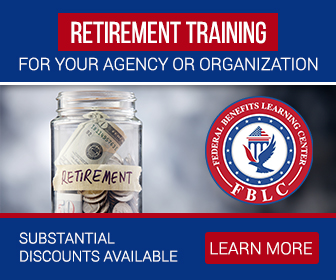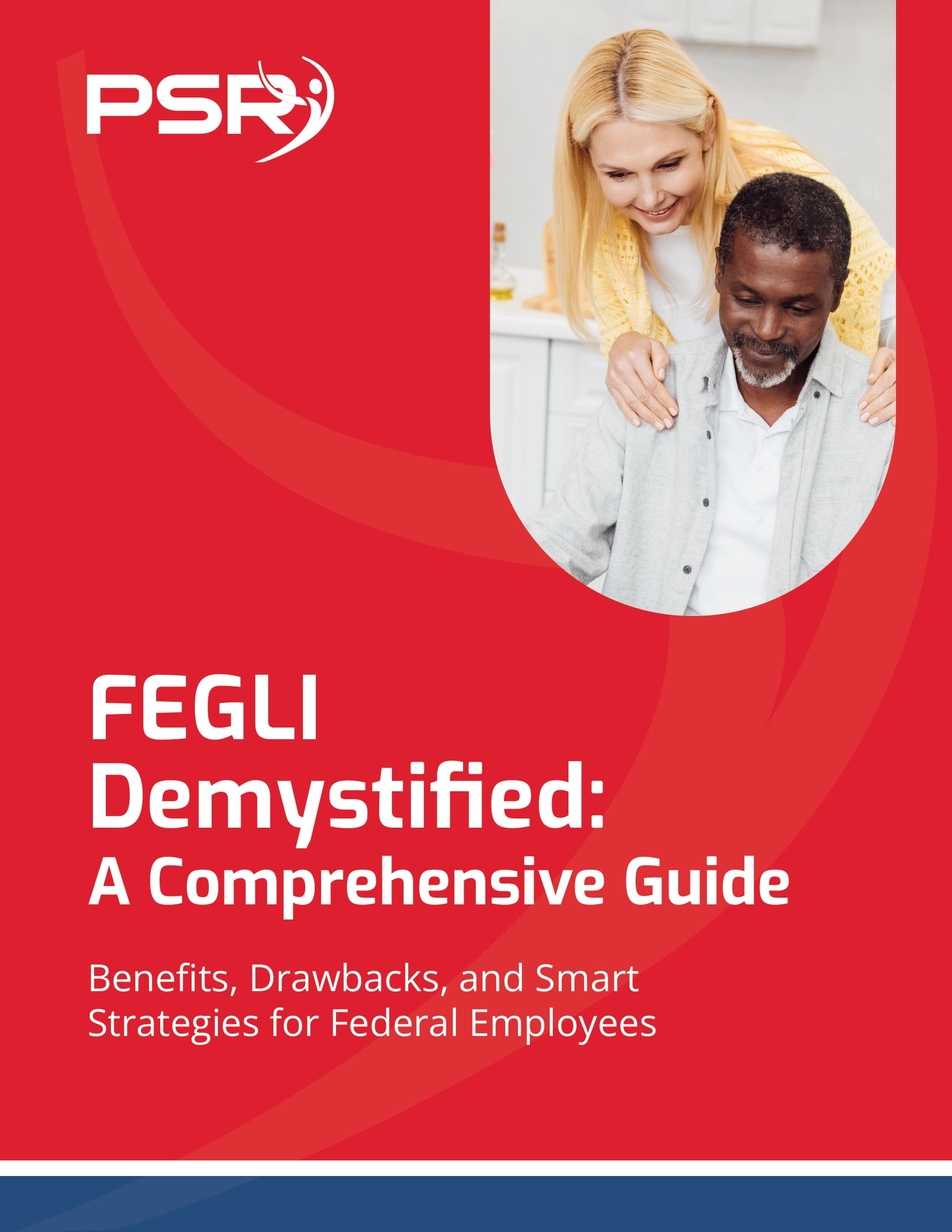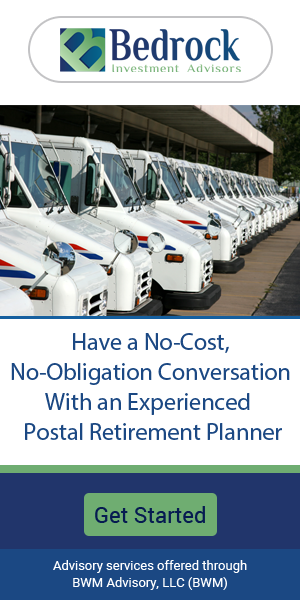Key Takeaways
-
Deciding whether to enroll in Medicare first or maintain FEHB as your primary coverage directly affects your out-of-pocket health care costs, coordination of benefits, and long-term retirement budget.
-
In 2025, many government retirees benefit from pairing Medicare Part B with FEHB to reduce cost-sharing and improve coverage flexibility
—but this decision requires careful timing and understanding of integration rules.
Understanding the Crossroads: FEHB and Medicare
As a government retiree, you face a critical healthcare decision when you approach age 65: Should Medicare become your primary coverage, or should your Federal Employees Health Benefits (FEHB) plan stay in the lead? The answer can have significant consequences for your monthly expenses, benefits access, and financial planning.
Both FEHB and Medicare offer robust healthcare coverage, but they interact in complex ways. Choosing the right pairing—or the right order of priority—requires understanding the structure of both programs and how they complement or duplicate each other.
What Happens at Age 65
Turning 65 triggers eligibility for Medicare. At that point, even if you’re retired with FEHB, you’re expected to decide on Medicare enrollment:
-
Part A (hospital insurance) is usually premium-free for most government retirees and is almost always advisable to enroll in.
-
Part B (medical insurance) carries a monthly premium and is optional—but this is where the real decision-making starts.
If you don’t enroll in Medicare Part B when first eligible, you could face late enrollment penalties unless you qualify for a Special Enrollment Period.
Medicare vs. FEHB: Who Pays First?
When you have both Medicare and FEHB, coordination of benefits determines which plan pays first:
-
Medicare is primary if you’re retired.
-
FEHB is primary if you’re still an active employee.
So once you retire, Medicare typically pays first, and your FEHB acts as a secondary plan—if you enroll in Medicare. If not, FEHB covers all services as usual, but with standard copayments and deductibles.
Timing Your Enrollment in 2025
In 2025, the Initial Enrollment Period for Medicare still spans 7 months: 3 months before your 65th birthday, your birth month, and 3 months after. This is your best window to sign up without facing delays or penalties.
If you miss that, the General Enrollment Period runs from January 1 to March 31 each year, with coverage starting in July. This route risks coverage gaps and lifetime penalties for Part B.
If you delay Medicare because you’re still working and covered by FEHB, you’ll be entitled to a Special Enrollment Period when you retire. That lets you sign up for Part B without penalty.
The Budget Impact: Premiums and Out-of-Pocket Costs
The choice between FEHB alone and FEHB with Medicare directly affects your monthly healthcare costs. In 2025:
-
Medicare Part B premiums start at $185/month and may be higher based on income.
-
Many FEHB plans reduce or waive deductibles and copayments when paired with Medicare.
By enrolling in both, you may see:
-
Lower out-of-pocket costs for doctor visits, tests, and hospital services.
-
Waived or reduced coinsurance for many services.
-
Better protection against catastrophic medical expenses.
On the flip side, if you stick with FEHB only, you avoid paying Part B premiums—but may pay more for each service.
Choosing Based on Retirement Scenarios
Every retirement path is different, and so are the right health coverage choices. Here are common considerations:
You Retired Before Age 65
If you retired early and are already using FEHB, you must decide whether to add Medicare at 65. Enrolling in Part B on time is critical to avoid penalties.
You’re Retiring Now in 2025
If you’re retiring at 65 or later this year, you can enroll in Medicare during your Initial Enrollment Period. Many new retirees choose to keep FEHB and add Medicare Parts A and B for layered coverage.
You’re a Postal Service Annuitant
For Postal Service retirees, 2025 marks the start of the Postal Service Health Benefits (PSHB) Program. If you’re Medicare-eligible, enrolling in Part B is generally required to maintain your PSHB coverage. There are exceptions for retirees on or before January 1, 2025.
What You Gain by Combining Medicare and FEHB
Many retirees who combine Medicare with FEHB report better coverage at lower overall costs. Here’s what often improves:
-
Broader provider networks: Medicare opens access to more doctors who may not accept FEHB-only plans.
-
Reduced or no copays/deductibles: Some FEHB plans coordinate with Medicare to eliminate cost-sharing.
-
Enhanced prescription drug savings: While FEHB already includes drug coverage, Medicare-eligible retirees are automatically enrolled in a Part D EGWP through their plan, including a $2,000 out-of-pocket cap.
-
Travel flexibility: Medicare provides nationwide coverage, and some FEHB plans offer global emergency benefits.
When It Makes Sense to Stick with FEHB Alone
Some retirees prefer to keep FEHB and skip Medicare Part B to avoid the added premium, particularly if:
-
You have a low expected usage of medical services.
-
Your FEHB plan offers extensive provider access and affordable cost-sharing.
-
Your income triggers a high Part B premium under the IRMAA rules.
But be cautious: if you later decide to enroll in Part B, you may face a 10% late enrollment penalty for each 12-month delay.
IRMAA and High-Income Retirees in 2025
The Income-Related Monthly Adjustment Amount (IRMAA) increases Part B premiums for individuals with 2023 income over $106,000 (or couples over $212,000). This can affect whether Medicare Part B is cost-effective for you.
High-income retirees often weigh:
-
The higher premium against the value of reduced cost-sharing.
-
Whether their FEHB plan offers strong secondary coordination benefits.
A licensed professional can help run these comparisons based on your current income and projected expenses.
Prescription Drug Coverage: Overlap or Enhancement?
FEHB plans already include prescription drug coverage, but Medicare-eligible retirees also receive enhanced Part D benefits under an Employer Group Waiver Plan (EGWP) in 2025.
Key features include:
-
$2,000 annual out-of-pocket cap under Medicare Part D.
-
$35/month insulin cap for covered medications.
-
Access to broader pharmacy networks.
Declining this Part D coverage could mean losing drug benefits under your FEHB or PSHB plan.
Long-Term Budgeting: Think Decades, Not Just Years
Health care is one of the most unpredictable expenses in retirement. Choosing a plan strategy that minimizes both routine and emergency costs—without unnecessary duplication—is key.
-
If you expect frequent medical needs, the Medicare + FEHB combo offers peace of mind.
-
If you anticipate low usage, FEHB alone might seem sufficient—but leaves you vulnerable to higher costs in a bad year.
Spending a few hundred more per month for Medicare could save you thousands if major health events occur.
Work With the Numbers Before You Decide
This is not a one-size-fits-all choice. Before choosing whether to enroll in Medicare or rely solely on FEHB, review:
-
Your current and future healthcare needs
-
Your total retirement income and IRMAA thresholds
-
Cost-sharing terms in your FEHB plan
-
Expected out-of-pocket expenses under both paths
Running a side-by-side cost comparison with a licensed professional can clarify the smarter financial path.
Your Coverage Decision Now Shapes Your Healthcare Security Later
Whether you prioritize Medicare or FEHB first can determine your healthcare flexibility, costs, and confidence throughout retirement. Many retirees find the FEHB + Medicare combination provides optimal value—especially in the long term. But that decision must be timed right, budgeted for, and aligned with your retirement goals.
For personalized help assessing your choices, reach out to a licensed professional listed on this website. They can guide you through plan specifics, enrollment timing, and coordination rules tailored to your situation.













